KEY FEATURES:
- Network Discovery
- Configuration Management
- Change Automation
- Policy and Compliance Enforcement
- Network Analysis
- Anytime, Anywhere Mobile Access
- Hardened Appliance
 |
| Infoblox NT 1400 network automation appliance |
YouTube Video:
Configuration Steps:
1. Connect to console port on NetMRI appliance:
NetMRIProd login: admin Password: Last login: Wed May 11 16:14:55 on ttyS0 Network Automation Administrative Shell --------------------------- Available Commands: acl ftp md5sum register setup autoupdate grep more remoteCopy show cat halt netstat removedsb snmpwalk clear help ping removemib ssh-key configure installdsb provisiondisk repair supportbundle debug installhelpfiles quit reset telnet deregister installmib rdtclient restore tftpsync diagnostic license reboot rm top exit ls recalculate-spm route traceroute export maintenance refreshgroups set NetMRIProd> configure *** Unknown Command '' *** Usage: configure <setting> [show|reset] Available Settings ------------------ ssh - Configures ssh client and server http - Configures http and https server snmp - Configures SNMP server server - Configures system settings such as IP address, gateway, etc. certificates - Configures SSL certificates reset - resets all systems to factory default NetMRIProd> setup This option allows you to configure system settings such as IP address, subnet mask, default gateway, and DNS servers. Do you want to start system setup now? (y/n) [n]: y Default values, when available, are given within []. You may clear defaults by typing a SPACE and pressing Enter. +++ Configuring Network Identification Settings Database Name is a descriptive name for this deployment. It is used in reports titles, headers, etc. Recommended: Begin name with uppercase letter. Database Name [netmri]: The Server Name identifies this system in SNMP and HTTPS server certificates. The installed HTTPS certificate contains the following subject: subject= /CN=NetworkAutomation-1450201401100015/O=Network Automation Server Name [NetMRIProd]: Do you want to generate a new HTTPS Certificate? (y/n) [n]: n Domain Names are used to truncate device names in Network Automation tables and reports. Recommended: specify local domain name(s). Domain Name 1 (e.g., example.com) [test.com]: Domain Name 2 (optional) []: Time Servers are used to synchronize time with reliable time sources. Recommended: use a local ntp server if available. Time Server [us.pool.ntp.org]: Time Zone Regions Choose your local region. 0. Africa 1. Antarctica 2. Arctic 3. Asia 4. Atlantic 5. Australia 6. Brazil 7. Canada 8. CET 9. Chile 10. EET 11. GMT 12. GMT-1 13. GMT+1 14. GMT-2 15. GMT+2 16. GMT-3 17. GMT+3 18. GMT-4 19. GMT+4 20. GMT-5 21. GMT+5 22. GMT-6 23. GMT+6 24. GMT-7 25. GMT+7 26. GMT-8 27. GMT+8 28. GMT-9 29. GMT+9 30. GMT-10 31. GMT+10 32. GMT-11 33. GMT+11 34. GMT-12 35. GMT+12 36. Europe 37. Hongkong 38. Iceland 39. Indian 40. Israel 41. Mexico 42. NZ 43. NZ-CHAT 44. Pacific 45. US 46. UTC 47. WET Enter choice (0-47) [7]: 7 Choose a location within your time zone. 0. Atlantic 1. Central 2. East-Saskatchewan 3. Eastern 4. Mountain 5. Newfoundland 6. Pacific 7. Saskatchewan 8. Yukon Enter choice (0-8) [3]: +++ Configuring Management Port Settings You must configure an IPv4 or IPv6 address/mask on the management port. Network Automation can perform analysis from the management port or a separate scan port. IP Address (optional) [10.9.90.42]: 10.9.12.40 Subnet Mask (optional) [255.255.255.0]: IPv6 Address (optional): IPv6 Prefix (optional): You must provide either an IPv4 gateway, an IPv6 gateway, or both. IPv4 Default Gateway (optional) [10.9.90.20]: 10.9.12.1 IPv6 Default Gateway (optional) []: Do you want to configure the Scan Port? (y/n) [n]: DNS Servers are used to map hostnames to IP addresses. You may enter up to 2 name servers below. DNS Server 1 (IP) [10.9.90.2]: DNS Server 2 (optional) []: Current settings: Database Name: netmri Server Name: NetMRIProd Domain Name 1: test.com Domain Name 2: Time Server: us.pool.ntp.org Time Region: Canada Time Location: Eastern Mgmt Port IP Address: 10.9.12.40 Mgmt Port Subnet Mask: 255.255.255.0 Mgmt Port IPv6 Address: Mgmt Port IPv6 Prefix: Mgmt Port IPv4 Default Gateway: 10.9.12.1 Mgmt Port IPv6 Default Gateway: Scan Port IP Address: Scan Port Subnet Mask: Scan Port IPv6 Address: Scan Port IPv6 Prefix: Scan Port IPv4 Default Gateway: Scan Port IPv6 Default Gateway: DNS Server 1: 10.9.90.2 DNS Server 2: NOTICE: Using existing HTTPS Certificate. Edit these settings? (y/n) [n]: Configure the system with these settings? (y/n) [y]: y Configuring system ... Configuring Scan port... OK. Configuring Mgmt port... OK. +++ Restarting Network ... OK Server name successfully configured NTP successfully configured Timezone successfully configured +++ Syncing System Clock ... +++ Trying us.pool.ntp.org ... Error resolving us.pool.ntp.org: Name or service not known (-2) 3 Nov 16:36:52 ntpdate[20129]: Can't find host us.pool.ntp.org: Name or service not known (-2) 3 Nov 16:36:52 ntpdate[20129]: no servers can be used, exiting +++ NTP service from us.pool.ntp.org is not available. +++ Restarting Server ... OK NetMRIProd>
2. WebUI Step by Step Configuration
You will need to download license from NetMRI support site.
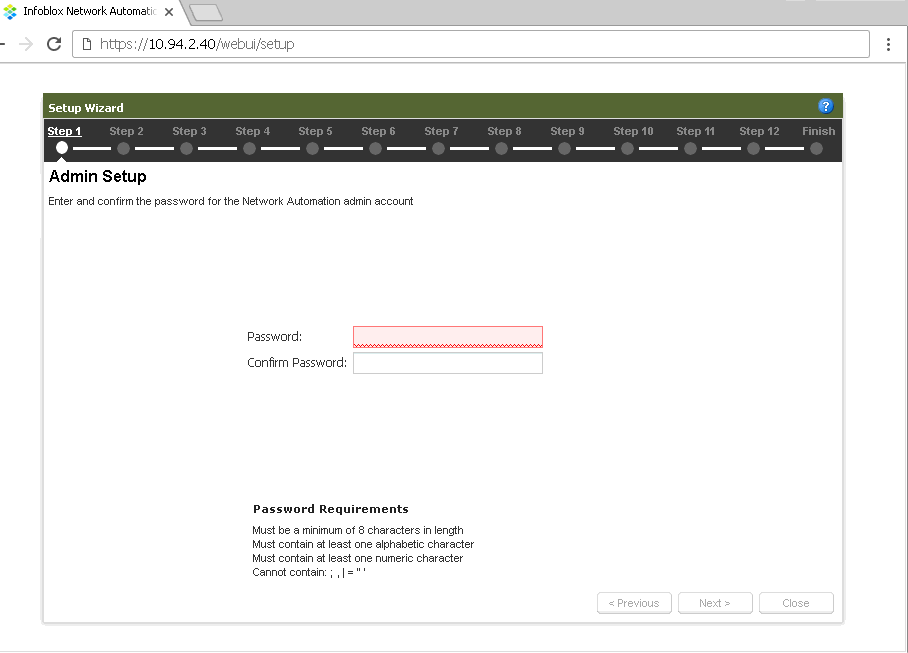
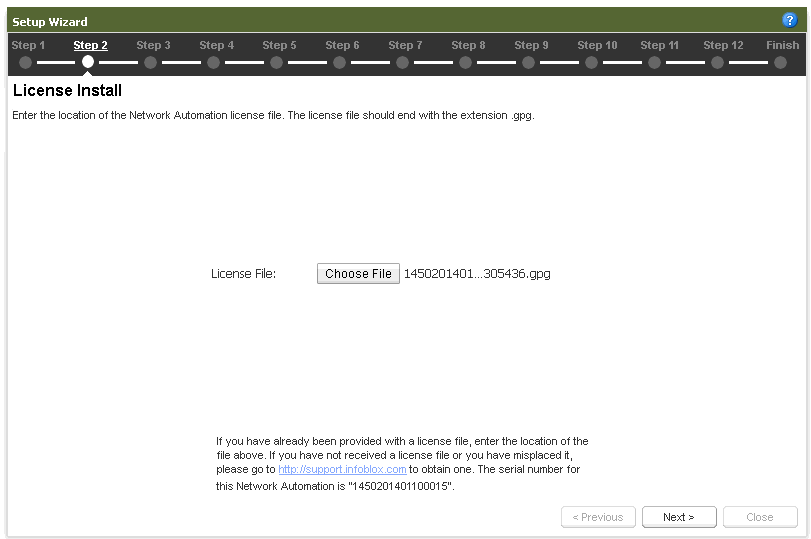
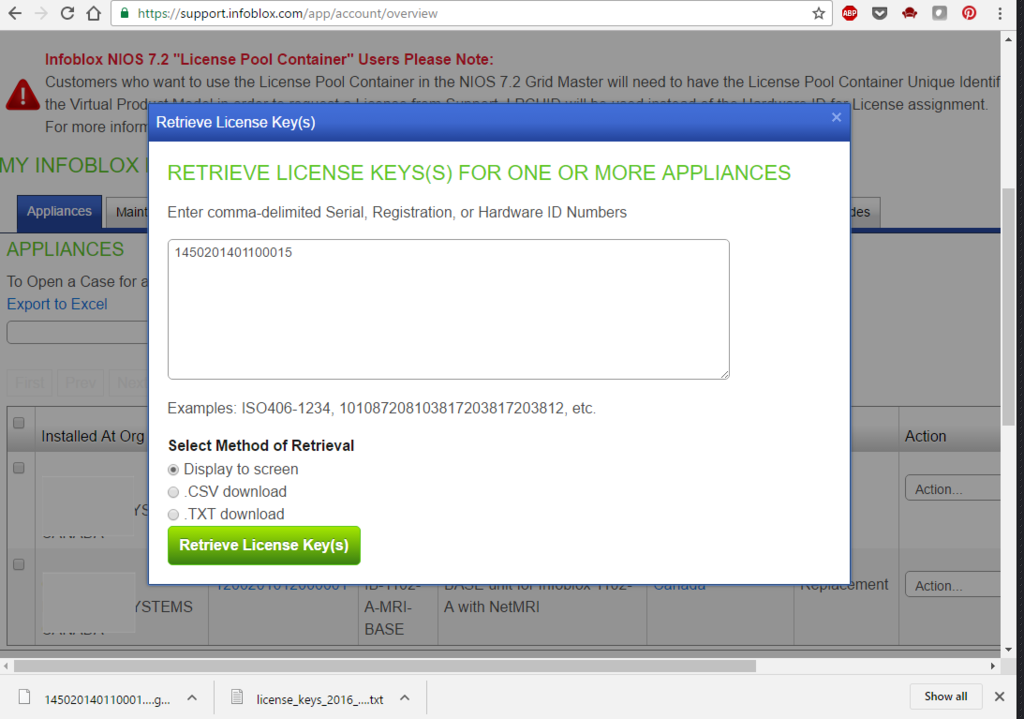
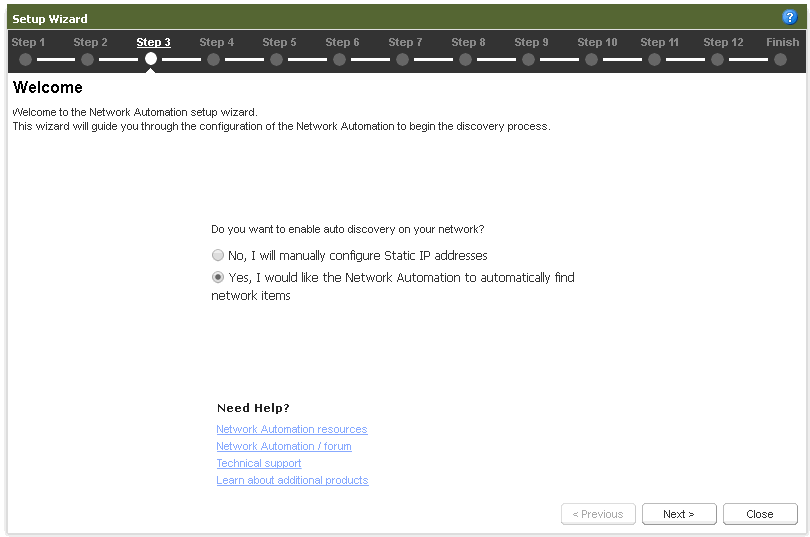

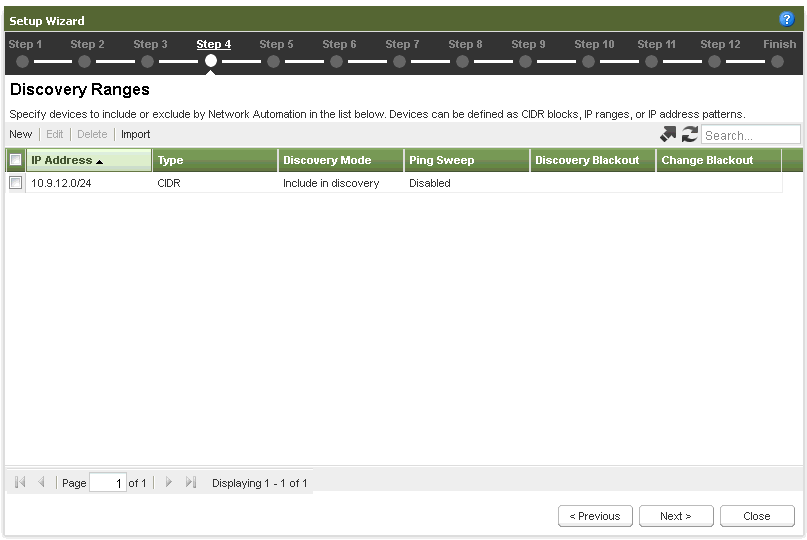
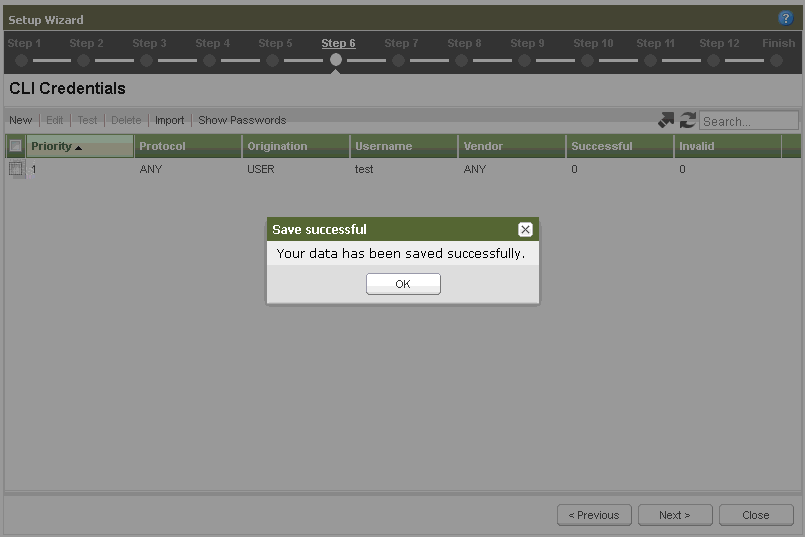
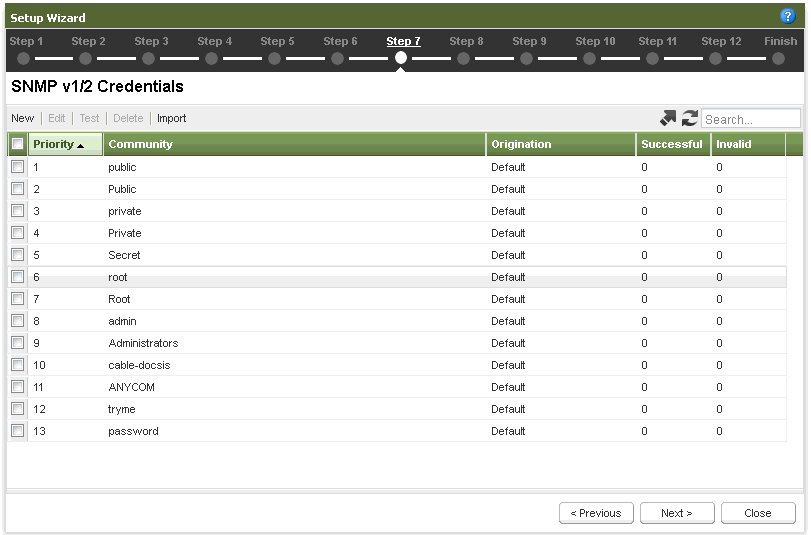
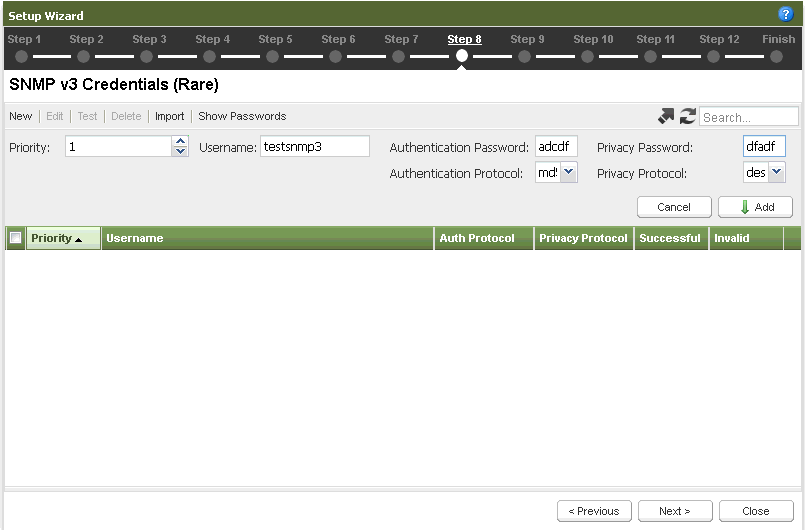

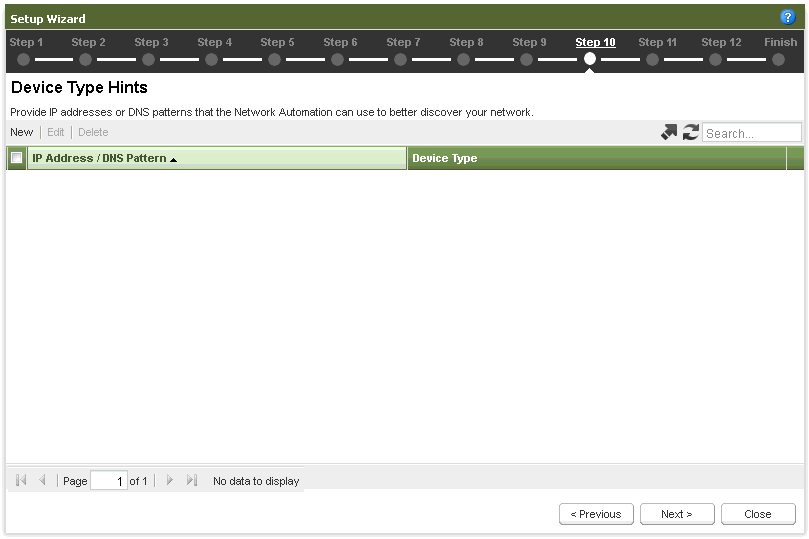
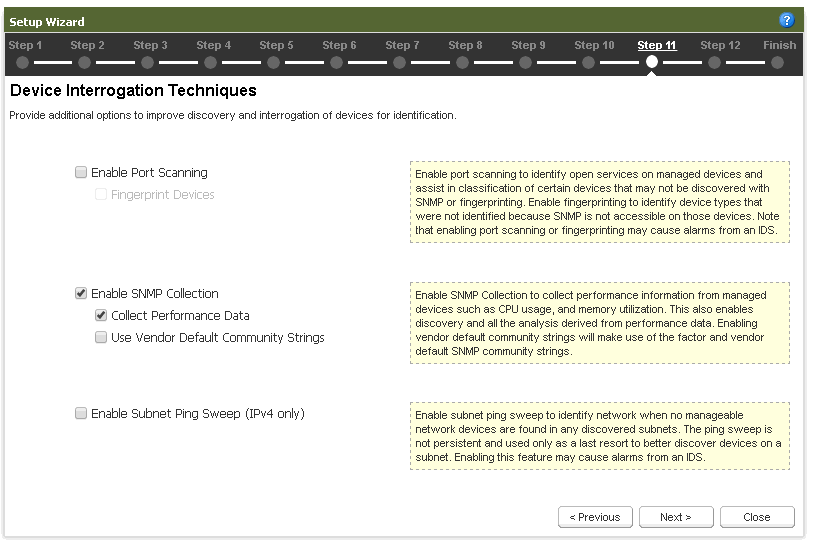
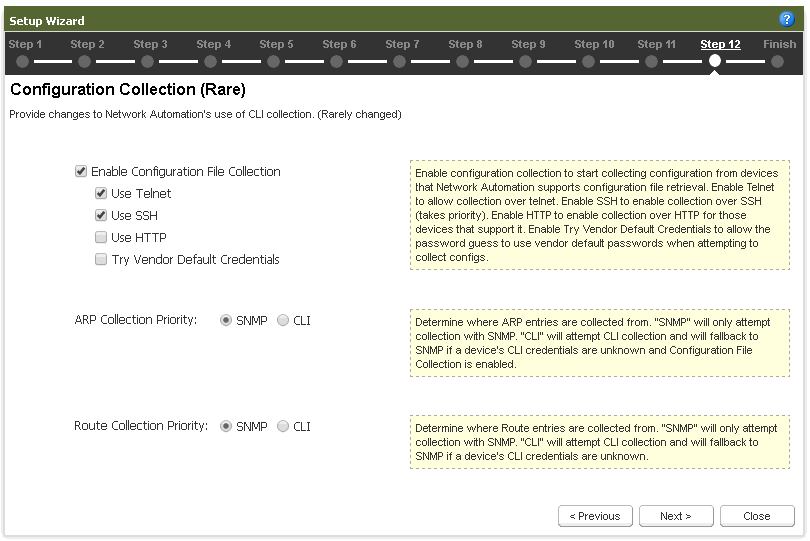
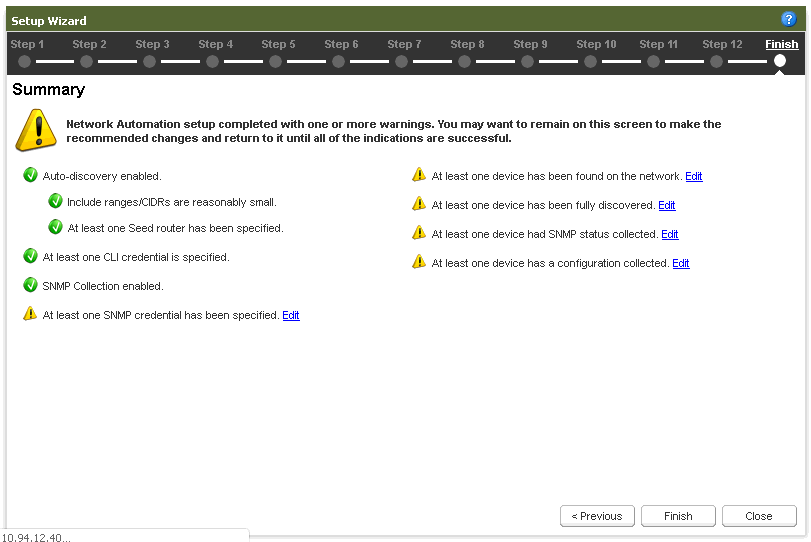
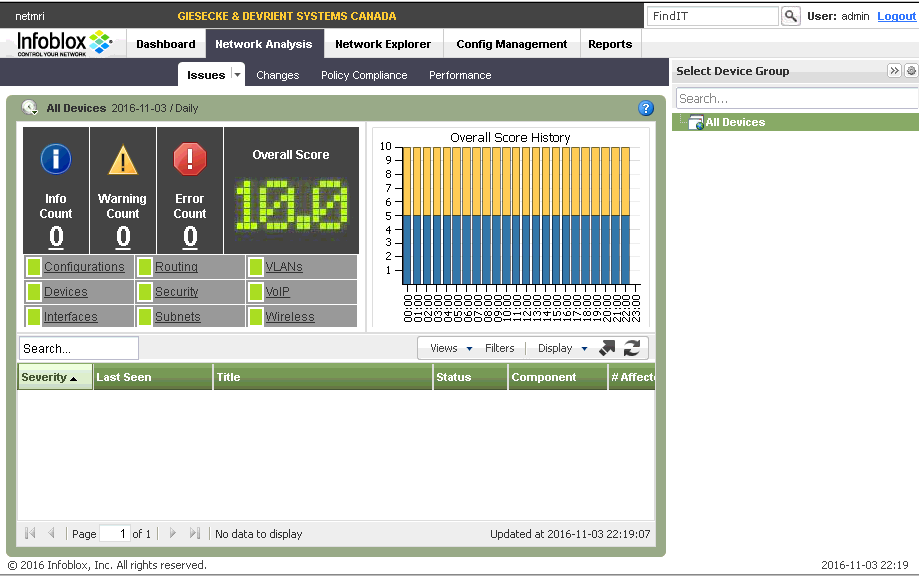







No comments:
Post a Comment